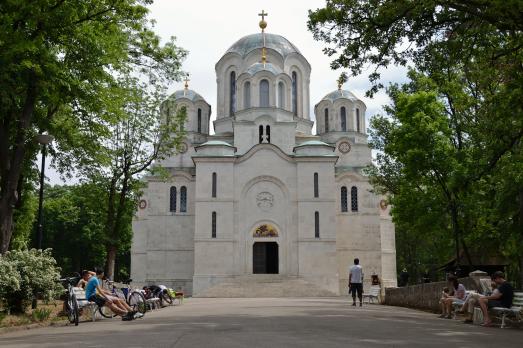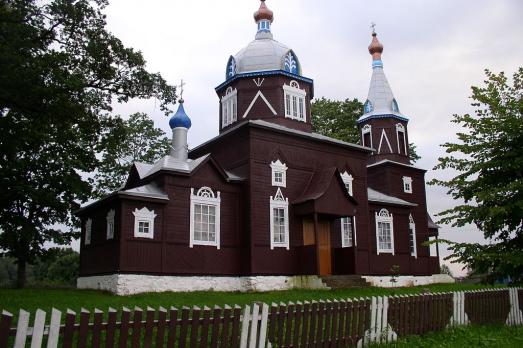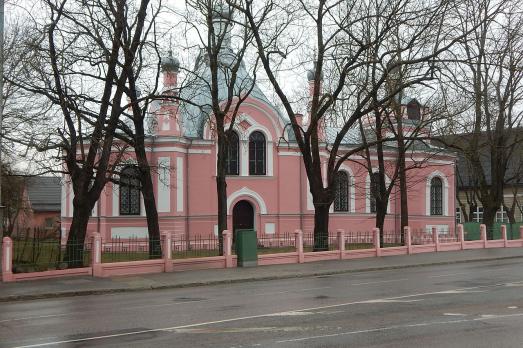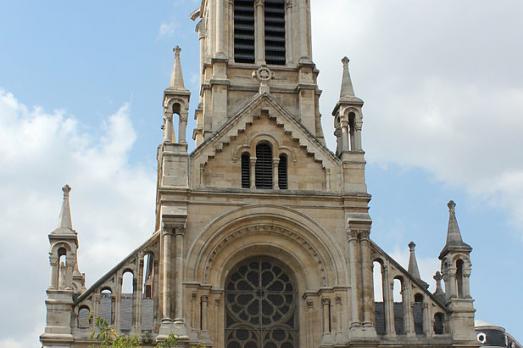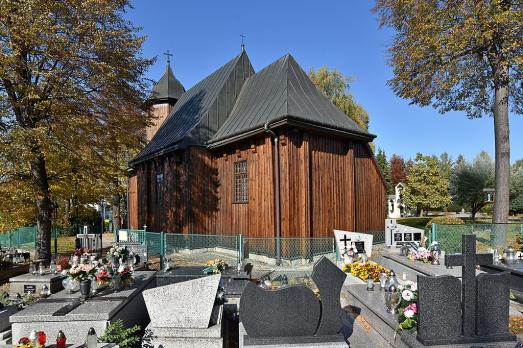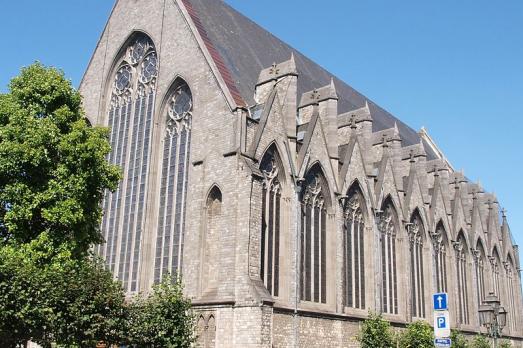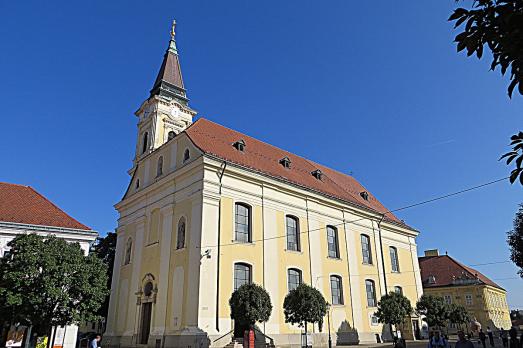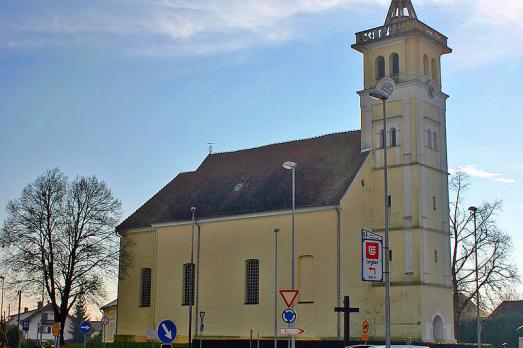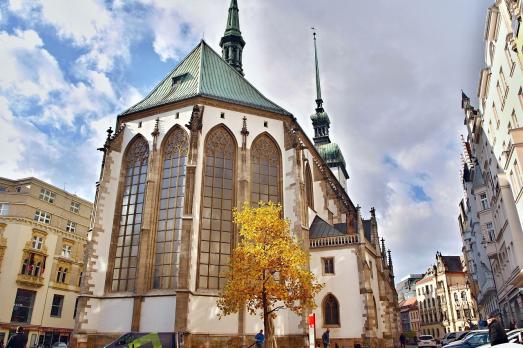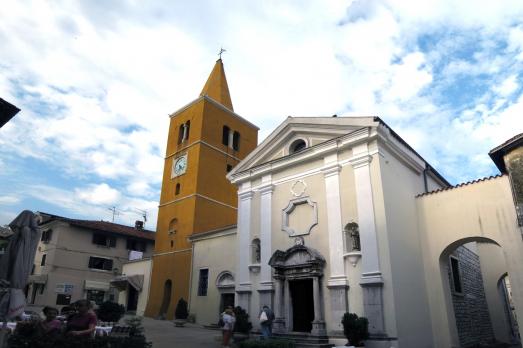
Church of St. George
Lovran, HR
The Church of St. George was built in the 12th century in the Romanesque style and then rebuilt in the 15th century when the sanctuary was decorated with valuable Gothic frescoes by local masters. The bell tower, initially separate, was merged with the church in the 17th century when it was enlarged by the addition of two Baroque side chapels.
